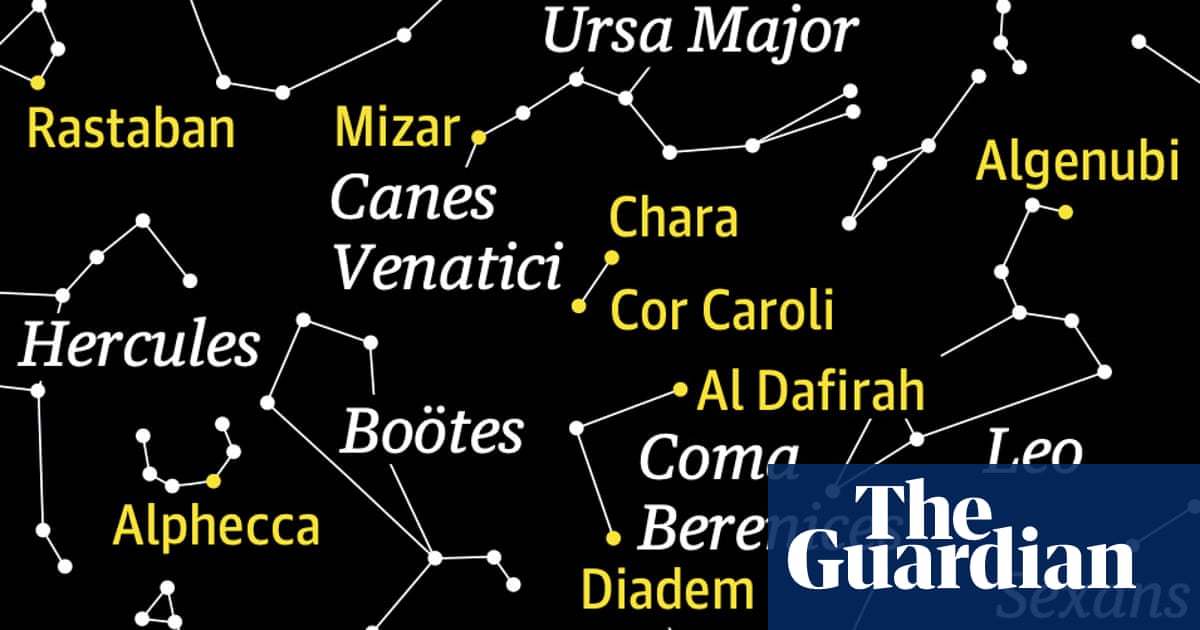
“At first, it’s hard to believe – you need to convince yourself it’s not a dream,” says the Ecuadorian biologist Elicio Tapia. “When you find a species thought to be extinct, after searching for so many years, it’s unbelievable to see it again.”
Tapia was part of the team that in 2016 “rediscovered” the rare longnose harlequin frog (Atelopus longirostris) – a striking little yellow-spotted frog with a pointed snout that hadn’t been seen since 1989 and was presumed extinct.
The endemic frog, first described by zoologist Edward Drinker Cope in 1868, was once abundant in Ecuador’s biodiverse Intag Valley region in the tropical Andes. But in the late 1980s it rapidly disappeared, along with around a dozen other amphibian species.
Tapia spotted the frog during an amphibian survey funded by the environmental organisation Defensa y Conservación Ecológica de Intag, and led by Dr Luis Coloma from the Jambatu Center for Amphibian Research and Conservation in Quito. “When I was a child, I used to swim in the Esmeraldas River, where I’d see many specimens of Atelopus longirostris,” recalls Tapia. “So this species was very familiar. When I saw it, I knew immediately it was an atelopus. Up close, it was easy to see the characteristic coloration [brown with yellow spots], the shape of the bones, and the long nose with a yellow spot on its tip.
“There was an immense sense of joy, relief, and excitement. I ran downhill to share this amazing discovery with the others. But after the excitement, you confront the reality: most of the time there’s no support for protection, there’s no national conservation plan, and you quickly realise the species’ survival is at risk.”
The International Union for Conservation of Nature has moved the longnose harlequin frog from “extinct” to “critically endangered”. But having been brought back from the dead, as it were, the frog hasn’t been given much time to rest – it currently finds itself at the heart of a big legal battle to protect Intag from copper mining.
“The longnose harlequin frog is becoming a powerful and charismatic symbol to help save Intag,” says Coloma. “Intag is like a Noah’s Ark for biodiversity, and frogs in particular. The impact of Elicio’s finding was huge.”
The longnose harlequin frog, along with a new type of rocket frog discovered in 2019 and named Intag’s resistance rocket frog, has been cited by campaigners in legal challenges to protect Intag from plans for an opencast copper mine. “Leonardo DiCaprio has put out several tweets supporting the conservation of the region, so people are beginning to call the longnose harlequin frog ‘Leonardo DiCaprio’s harlequin frog’,” says Coloma.
In the meantime, the frog is being monitored in the wild. Jambatu Center has worked on a successful breeding programme, which has produced 200 lab-raised frogs. A conservation plan has also been proposed by local communities and wildlife organisations.
The frogs’ future in the wild, though, will depend on the court’s decision on the copper mine, which is likely to be delivered in 2023.
“I’d like to see the judge ban mining operations in the Intag region and to see this species recovered and returned to the forests in many of its historical sites,” says Coloma. “It’s important for so many reasons: ethical, biological, ecological, economic … The future will tell us the importance of what we lost if we don’t save species such as this.”












